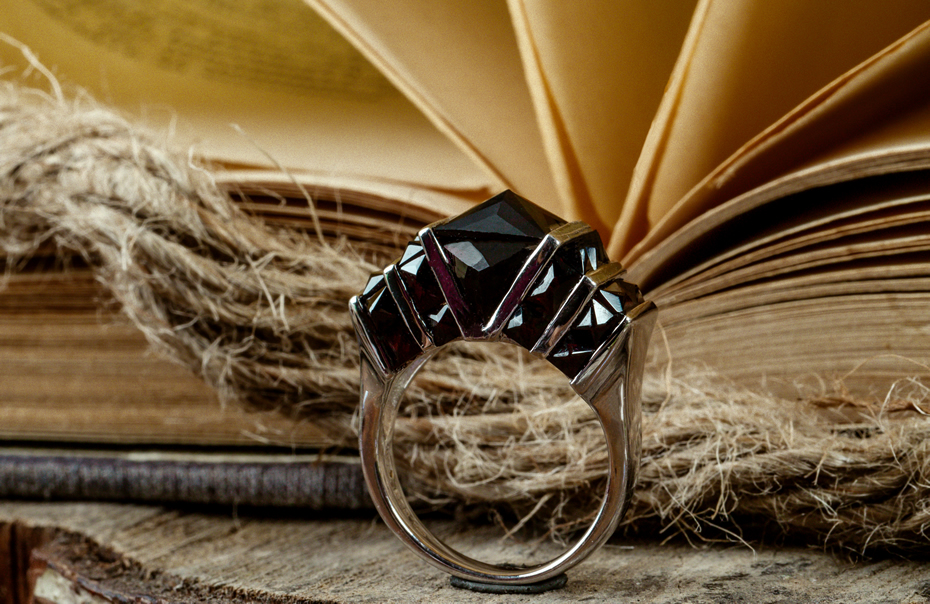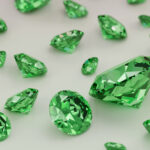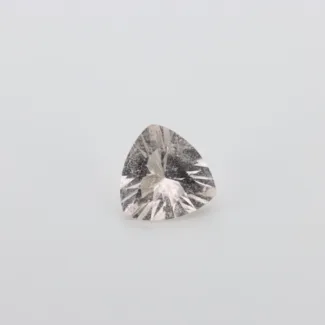Discover a world of stones and minerals from all over the world! Узнайте об их визуальных особенностях, основных характеристиках, месторождениях и истории.
Semi-precious stones, or, as they are also called, jewelry and ornamental stones, are more often used in the production of jewelry than in souvenirs and sculptures.
As usual, let’s start with the first letter of the alphabet! Your GEM INDUSTRY
The kingdom of minerals and rocks is an independent kingdom of nature on our planet, as important and interesting as the kingdoms of animals and plants. It was the rocks that formed the hard shell of the Earth and became the basis on which the soil appeared; it is from them that metal and building materials are extracted, and magnificent jewelry is created. Thousands of minerals and the crystals formed by them are known to scientists today, and dozens of new ones are discovered every year.
Aquamarine
Aquamarine (lat. aqua marina – sea water) is a mineral, a type of beryl, beryllium aluminosilicate with a ring structure. In the structure of aquamarine, like all beryls, there are rings [Si6O18] regular hexagonal shape, located one above the other and forming hollow channels.
Aquamarines are mined from pegmatites, often found in coarse-grained granites.
Deposits are known on all continents, the most significant: Brazil (Minas Gerais, Bahia, Espirito Santo), Madagascar, Russia (Urals, Transbaikalia).
Aquamarines are also found in smaller quantities in other countries: Australia (New South Wales), Myanmar, Sri Lanka, India, Kenya, Namibia, Mozambique, South Africa, Tanzania, Ukraine (Volyn), USA (Colorado, Connecticut, California, Maine, North Carolina).
The largest gem-quality crystal was found in 1910 in Brazil (weight 110.2 kg, 48.2×41 cm). 220 thousand carats of cutting material were obtained from it. A little earlier, an aquamarine weighing 18 kg, called “Jacketeau”, was found there, from which about 30 thousand carats of jewelry material was obtained.

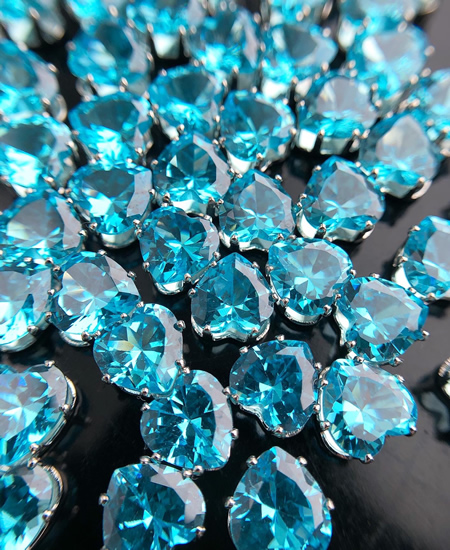
Amethyst
Amethyst (ancient Greek αμέθυστος, from α- “not” + μέθυστος “to be drunk”) is a purple, bluish-pink or red-violet variety of quartz. Transparent amethyst is a semi-precious stone. Opaque – a valuable ornamental stone. It is highly valued as a collectible mineral.
It is usually found in the form of crystals and their intergrowths freely sitting in voids and veins among crystalline rocks. The crystals are formed by a combination of prism and rhombohedral planes, and of all quartz, amethyst is characterized by the predominance of rhombohedral faces. Less commonly, crystals have a long prismatic or scepter-shaped appearance. Common in drusen and crystalline brushes within agate geodes and in tonsils and fissures in volcanic rocks.
Amethyst deposits are found near Oberstein in Birkenfeld, in Zillertal, in Siebenbürgen, Chemnitz, near the villages of Vatikha and Lipovaya near Murzinka in the Middle Urals, large crystals of jewelry quality in the Subpolar Urals, on the island of Sri Lanka, near St. Mary’s Bay, in North America and in particularly significant quantities in Brazil. Also in Madagascar, Uruguay, Armenia (brushes of small crystals in agate geodes). Amethyst has been known since the 16th century on the Kola Peninsula: in the famous “Cape Ship” deposit (where it forms beautiful brushes of crystals along cracks in red sandstones), as well as in a number of quartz deposits (Vuorijärvi, etc.), as well as in Brazil.
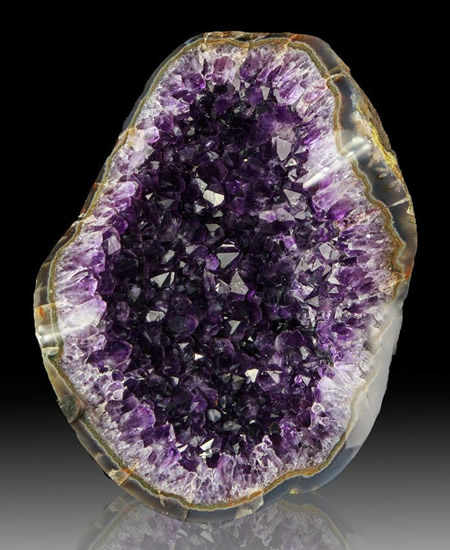
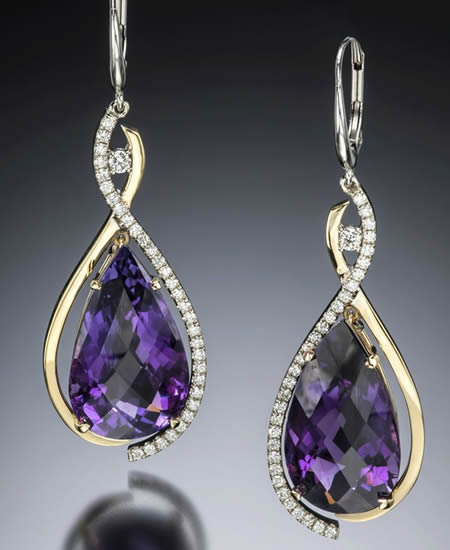
Apatite
Apatite (from the Greek ἀπάτη “apati” – deception) is a group of minerals of the phosphate class, with the chemical formula Ca10(PO4)6(OH,F,Cl)2, the main component of apatite ores rich in phosphorus (agronomic ores). A mineral containing variable amounts of fluorine, chlorine, OH-, or more precisely, a common name for a number of related minerals of the apatite group with the general formula Ca5(PO4)3(F,OH,Cl).
Industrial deposits of apatite are rare. The world’s largest deposit is Khibinskoye on the Kola Peninsula in Russia, where apatite ores are mined, consisting mainly of fluorapatite and nepheline (apatite nepheline ore). Also known are the Oshurkovskoye and Beloziminskoye deposits in Buryatia, and the Seligdarskoye, Neryandzhinskoye and Ulkhan-Melenkinskoye deposits in Yakutia.
Large, well-formed crystals of apatite (the so-called moroxite) are known from the Slyudyanka deposit (near the city of Slyudyanka in the south of the Irkutsk region).
Apatite deposits are also known in Brazil, Mexico, USA, Chile, South Africa, Finland, Spain, Norway and other areas of the world.
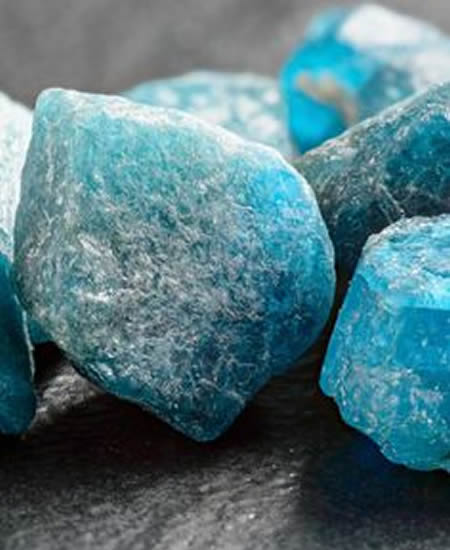

Of course, this list is not complete and will be regularly updated with minerals, rocks, meteorites, as well as stones that cannot be classified as one or the other.
The encyclopedia will put everything in its place: it will teach you how to identify the types of minerals and rocks, tell you the places where they can be found, and tell you how they are used. Follow our news!


